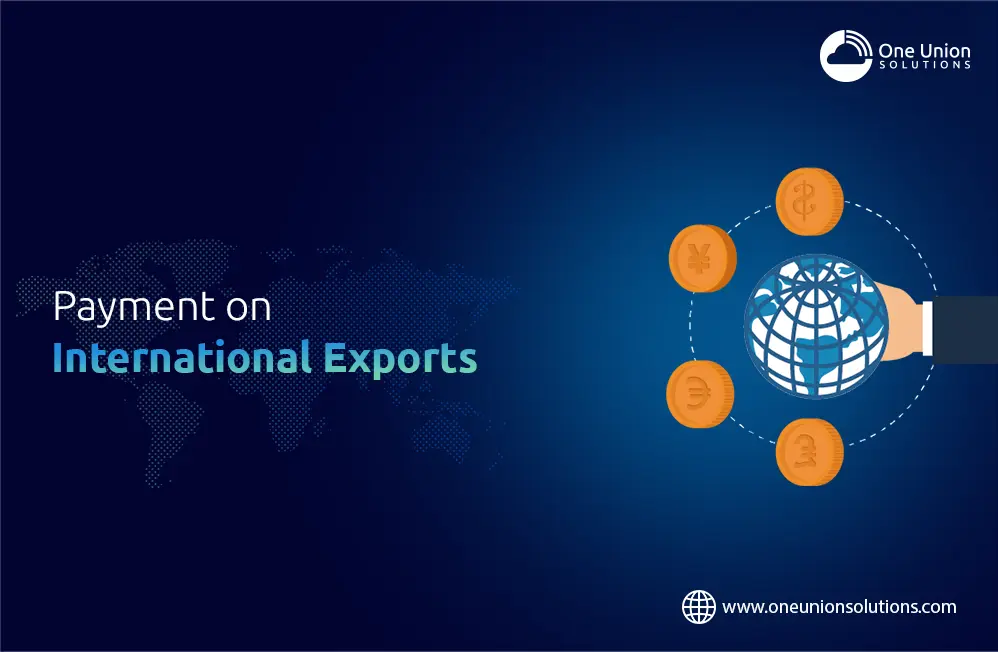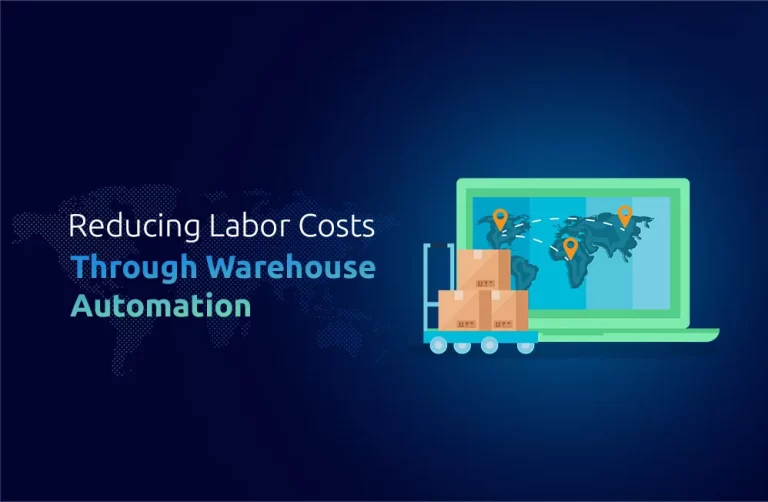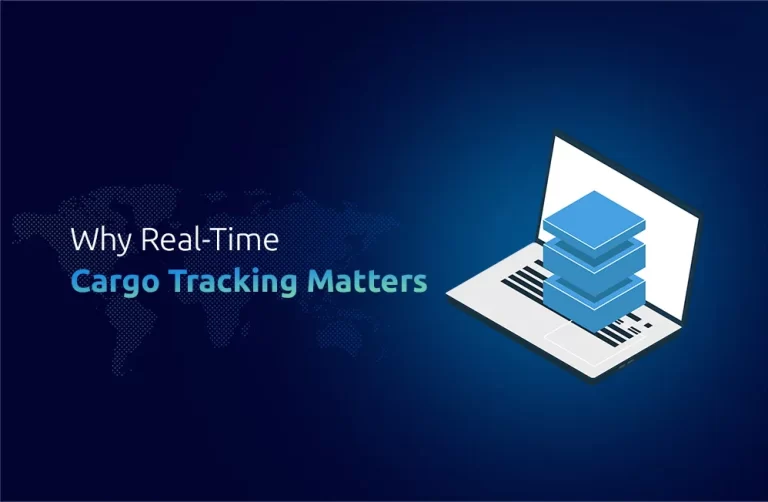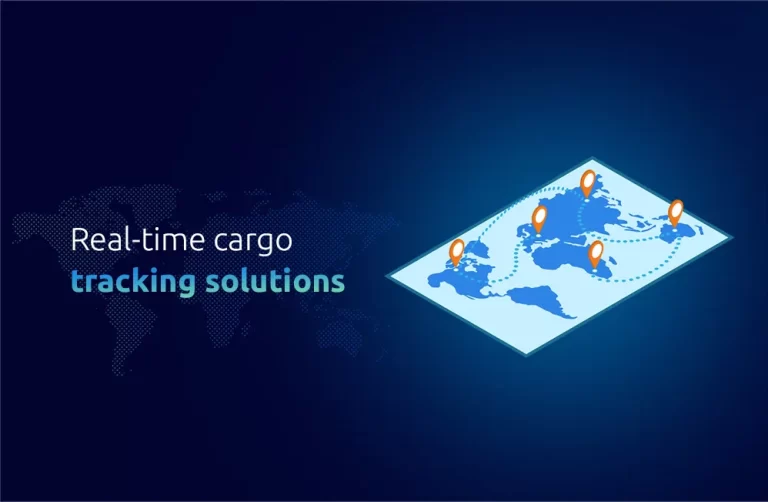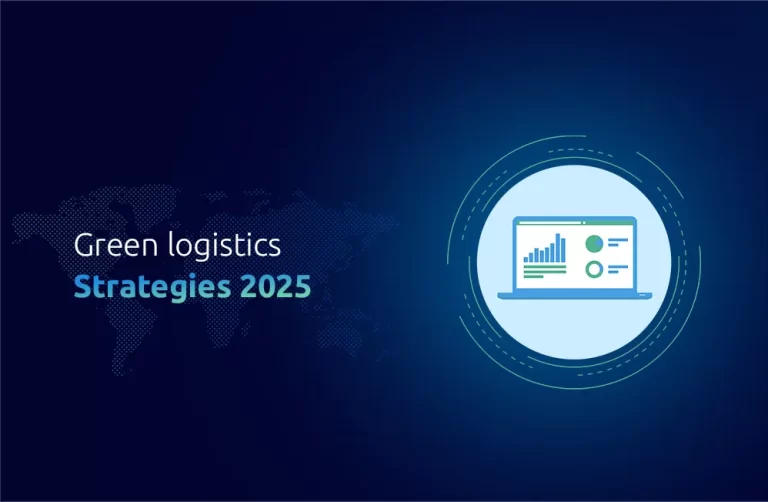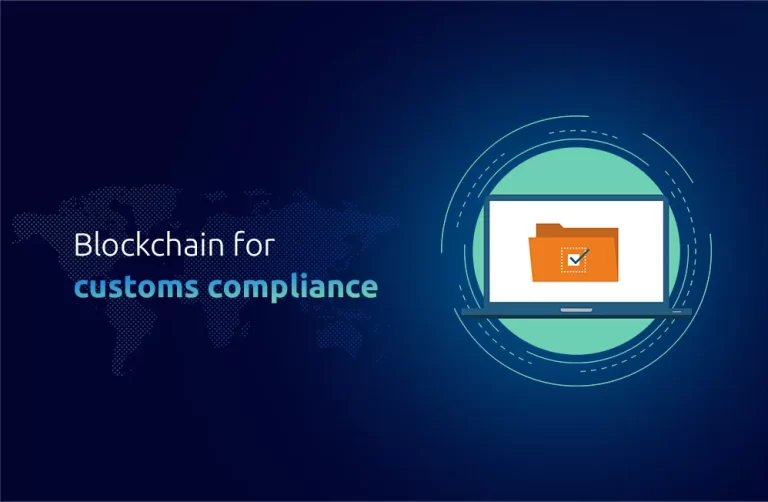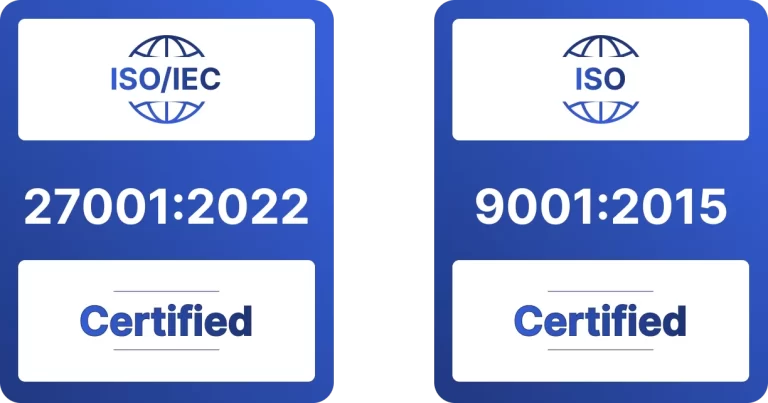In the vast arena of international trade, securing payment for exports is a paramount concern for businesses. The intricate nature of cross-border transactions necessitates careful consideration and strategic planning to mitigate financial risks. Here below, we will delve into four highly effective methods for securing payment on international exports.
Letter of Credit (L/C): A Pillar of Financial Security
A Letter of Credit (L/C) stands as a fundamental instrument in international trade, providing a secure method for ensuring that exporters receive payment. This financial document, issued by a bank on behalf of the buyer, serves as a guarantee that the seller will receive payment once the specified conditions are met. Let’s explore the details of this method:
Key Aspects of Letter of Credit:
- Terms and Conditions: The L/C outlines the terms and conditions that must be fulfilled for payment to be released. This may include the presentation of specified documents, such as invoices, bills of lading, and inspection certificates.
- Third-Party Involvement: The involvement of banks as intermediaries ensures a level of trust between the buyer and the seller. The bank verifies the documents and ensures compliance with the terms before releasing payment.
- Types of Letters of Credit: Depending on the nature of the trade, different types of L/Cs, such as revocable, irrevocable, confirmed, or unconfirmed, can be utilized to meet the specific needs of the exporter and importer.
Advance Payment: Upfront Financial Assurance
Securing payment through advance payment involves receiving the full or partial payment before the goods are shipped. While this method offers immediate financial assurance for the exporter, it may not always be the most favorable option for the buyer. Here’s an in-depth exploration:
Advantages and Considerations of Advance Payment:
- Reduced Risk for Exporter: With funds secured upfront, the exporter minimizes the risk of non-payment and can cover production and shipping costs with confidence.
- Buyer’s Perspective: From the buyer’s viewpoint, advance payment might be perceived as a risk since they are paying before receiving the goods. This can be a deterrent, especially in competitive markets.
- Negotiating Terms: Exporters can negotiate the percentage of the advance payment based on the nature of the goods, the relationship with the buyer, and market conditions.
Documentary Collections: Balancing Risk and Flexibility
Documentary collections provide a middle ground between the security of a Letter of Credit and the flexibility of open account trading. In this method, banks facilitate the collection of payment from the buyer upon presenting specified documents. Let’s dissect the key features:
Essential Components of Documentary Collections:
- Document Submission: The exporter entrusts shipping and payment documents to their bank, which forwards them to the buyer’s bank with instructions for payment.
- Flexibility: Documentary collections offer more flexibility compared to Letters of Credit. The exporter retains control of the goods until payment or acceptance is received.
- Risk Mitigation: While not as secure as Letters of Credit, documentary collections provide a level of assurance for both parties, as banks act as intermediaries in the payment process.
Open Account: Trust-Based Trading Relationships
In an open account arrangement, the exporter ships the goods and issues an invoice with agreed-upon credit terms. The buyer makes payment at a later date, typically after receiving the goods. While this method offers flexibility, it introduces a higher level of risk for the exporter. Let’s explore the intricacies:
Key Features and Considerations of Open Account Trading:
- Relationship Building: Open account trading often relies on strong, established relationships between the buyer and the seller. Trust plays a crucial role in ensuring timely payment.
- Flexibility: This method allows for smoother transactions, as it eliminates the need for complicated documentation and intermediaries. It is often favored in industries where trust and ongoing relationships are paramount.
- Risk Management Strategies: Exporters opting for open account terms may implement credit insurance or factoring services to mitigate the risk of non-payment.
Choosing the Right Method: A Strategic Decision
The choice of the most suitable payment method depends on various factors, including the nature of the goods, the level of trust between the parties, the regulatory environment, and market conditions. Exporters must carefully evaluate these factors to make informed decisions that align with their business goals.
Considerations for Choosing a Payment Method:
- Nature of Goods: Perishable or time-sensitive goods may necessitate faster payment methods, while durable goods might allow for more flexible terms.
- Risk Tolerance: The exporter’s risk tolerance is a crucial factor. More secure methods may offer greater protection but could come with added complexities and costs.
- Regulatory Environment: Understanding and complying with the regulatory requirements of both the exporting and importing countries is paramount to a smooth transaction.
Conclusion: A Holistic Approach to International Payment Security
Securing payment on international exports is a multifaceted endeavor that demands a strategic and nuanced approach. Exporters must carefully weigh the advantages and considerations of each method against their specific business needs and market conditions. Whether opting for the robust security of Letters of Credit, the upfront assurance of advance payment, the balanced approach of documentary collections, or the trust-based open account terms, each method contributes to the intricate tapestry of international trade. A thorough understanding of these payment mechanisms empowers exporters to navigate the global marketplace with confidence and financial resilience.
FAQ
What does an ‘L/C’ mean, and how does it protect exporters from non-payment risks?
L/C (Letter of Credit) is a surety provided for the buyer by the bank on the basis of contractual terms being fulfilled, enabling the seller to receive payment. It provides exporters with payment guarantee through step-by-step intervention of banks that proof purchase conditions and release the funds only after they are fully met.
When you are exporting, is advance payment a secure method to handle export payments?
Advance payment is considered reliable by importers as it secures financial growth, long before shipping the commodity. Nevertheless, it’s risky for buyers to get a pre-payment for items they haven’t received. It is essential for exporters to strive to get a deal that is acceptable either for one party or for both parties.
What are documentary collections and how do we tend to them?
Documentary Collections rely on banks to accomplish that process by which payment of the buyer follows the submission of the documents. The sender applies the payment and transportation documents to the bank that will in turn forward them to the buyer’s bank for making payment. This method is distinguished by the coupling of risk and flexibility for both sides.
Does there exist a possibility that the danger of non-payment undertaken by the exporters in international trade is fully eliminated?
Though, the elimination of the non-payment risk cannot be completely guaranteed, exporters can considerably lessen this risk by paying through the appropriate payment methods and using credit insurance and through doing a due diligence buyer research. The combination of strategies will result in the best quality approach for preventing financial loss.
Compared to other methods, how can exporters pick a payment method when dealing with international financial transactions?
Exporters should take into consideration aspects like confidence in the buyer, the character and price of the product, rules and regulations of the importer country as well as their risk tolerance and for this reason.

